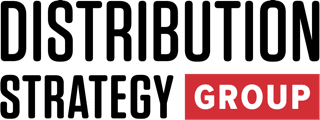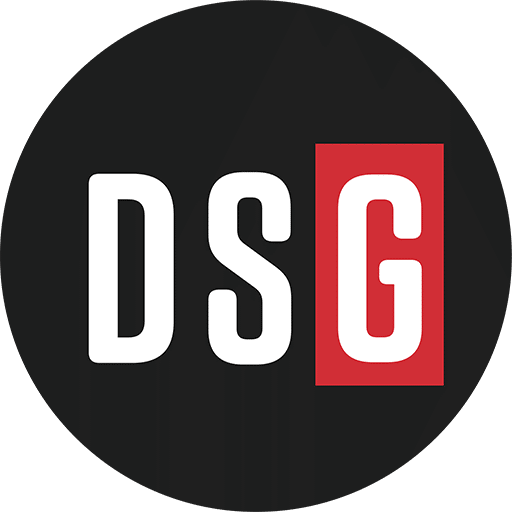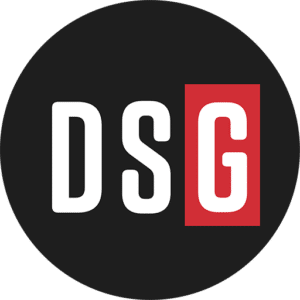U.S. business activity slowed for a second straight month in September, as rising costs, softer demand, and persistent tariff pressures signaled a loss of momentum in the world’s largest economy.
S&P Global’s flash U.S. Purchasing Managers’ Index (PMI) fell to 53.6 in September from 54.6 in August, marking the weakest pace of growth since June. While the reading remains above the 50 threshold that separates expansion from contraction, the report points to a cooling economy after a stronger start to the third quarter.
Growth varied across both the manufacturing and services sectors. The services economy—responsible for the bulk of recent U.S. expansion—posted its slowest rise in activity in three months, as weaker domestic demand offset a modest rebound in exports. The manufacturing sector also expanded for a fourth consecutive month, but at a much slower pace than August’s 39-month high. Factory new orders rose only marginally, with many firms reporting softer export demand and higher input costs tied to tariffs.
Hiring eased as businesses adjusted to cooling demand and growing economic uncertainty. Service firms reported delays in filling open roles, while manufacturers cited selective layoffs tied to cost controls. Despite a modest rise in uncompleted orders, companies appeared reluctant to expand payrolls heading into the final quarter of the year.
Tariffs remained a dominant driver of inflationary pressure. Input costs climbed sharply across both sectors, with manufacturers seeing some of the steepest price increases since the pandemic. Service providers also reported significant cost inflation, the second highest in more than two years. However, competitive pressures and softer sales limited companies’ ability to raise prices, pushing selling price inflation to its lowest level since April. The result, analysts said, was margin compression across much of the private sector—even as headline inflation continues to trend above the Federal Reserve’s 2% target.
One of the most striking findings of the report was the unprecedented buildup of unsold goods. Manufacturers reported the sharpest increase in finished goods inventories in the survey’s 18-year history, reflecting weaker sales and sustained production. Analysts warned that the inventory overhang could weigh on factory output in the coming months as producers work to reduce excess stock.
“The PMI data show the economy is still expanding, but growth has clearly cooled since midsummer,” said Chris Williamson, chief business economist at S&P Global Market Intelligence. “Companies are struggling to pass on higher costs, and margins are under pressure. While tariffs continue to drive input inflation, record inventories and slowing demand point to downside risks for production in the months ahead.”
Despite the softening data, overall business sentiment improved slightly in September. Firms cited optimism that lower interest rates could offset some of the drag from tariffs and policy uncertainty. Even so, confidence remains below long-term averages, reflecting continued concern about inflation, trade policy, and the political outlook heading into 2026.
The September PMI report underscores an economy still expanding but increasingly constrained by tariffs, cost pressures, and uneven demand—conditions that could test business resilience in the months ahead.
Don’t miss any content from Distribution Strategy Group. Join our list.


